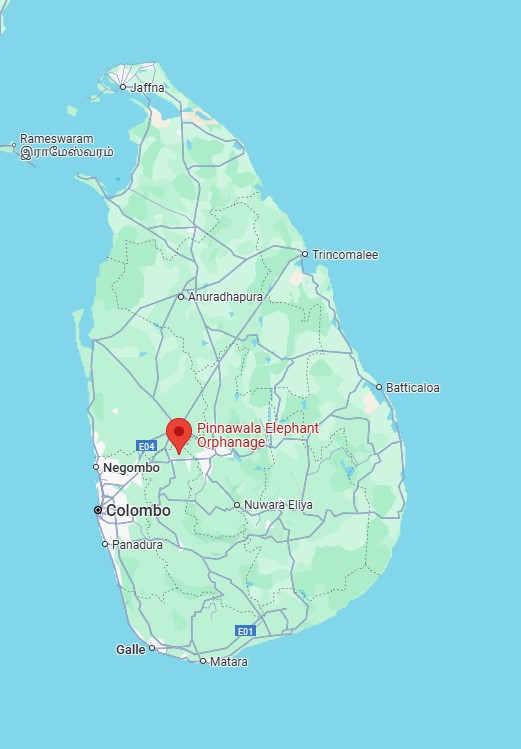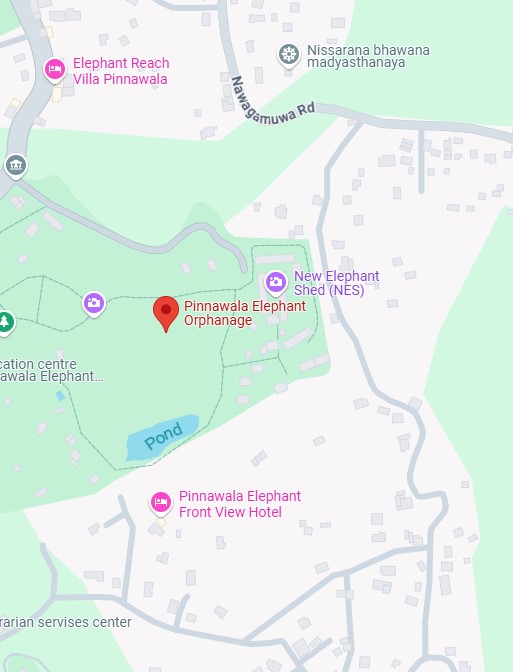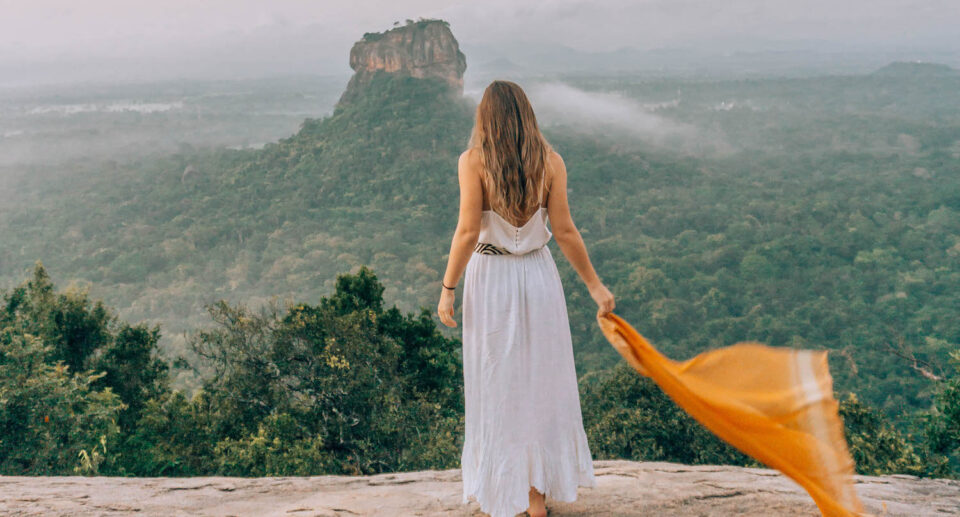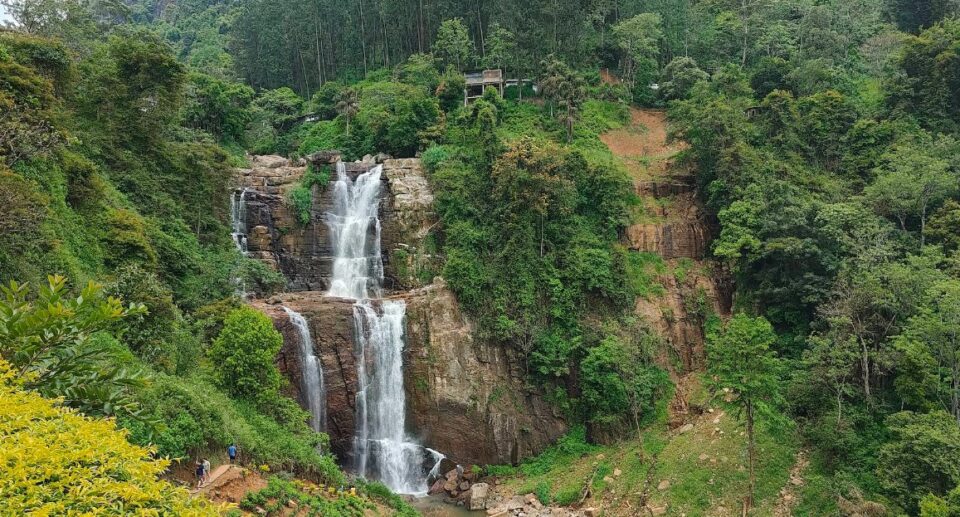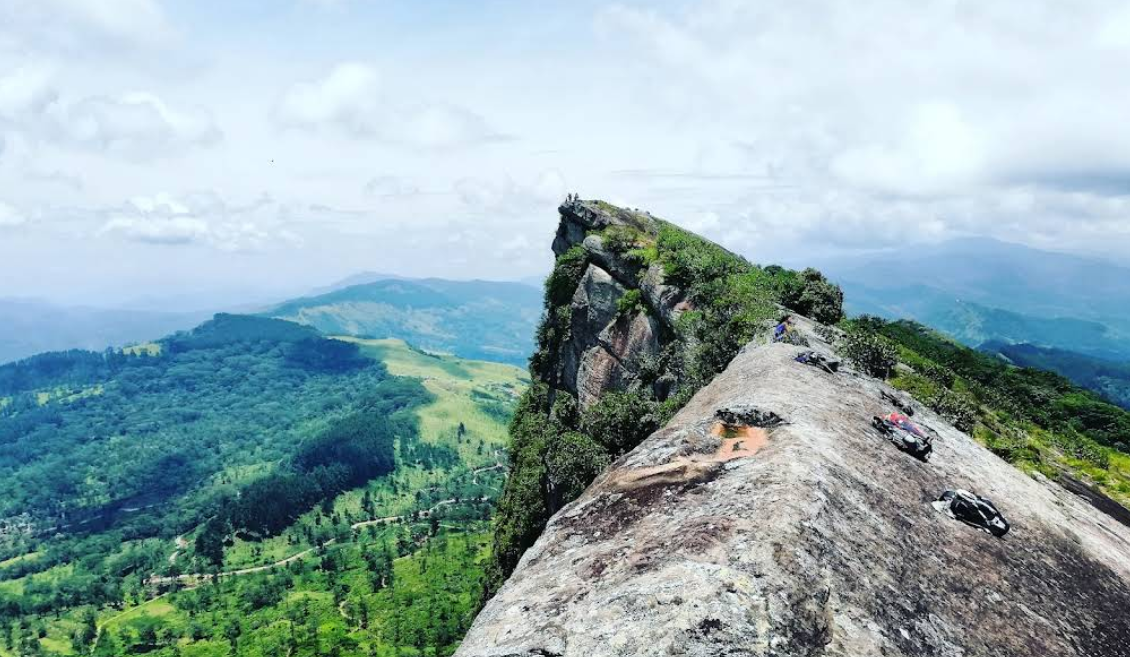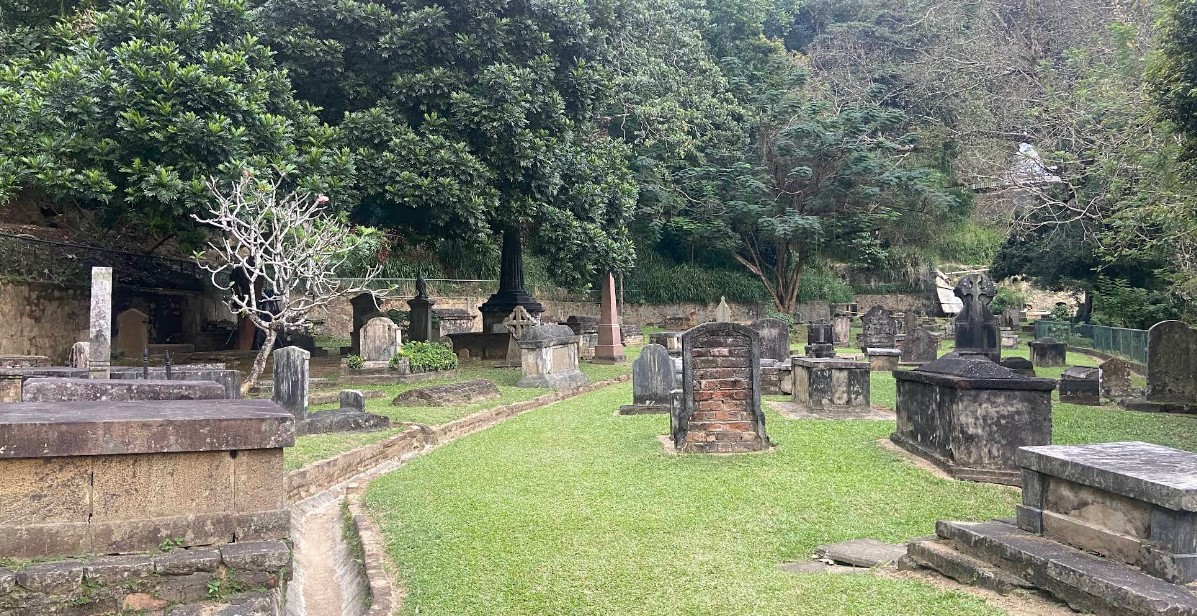Pinnawala: A Sanctuary for Sri Lanka’s Elephants
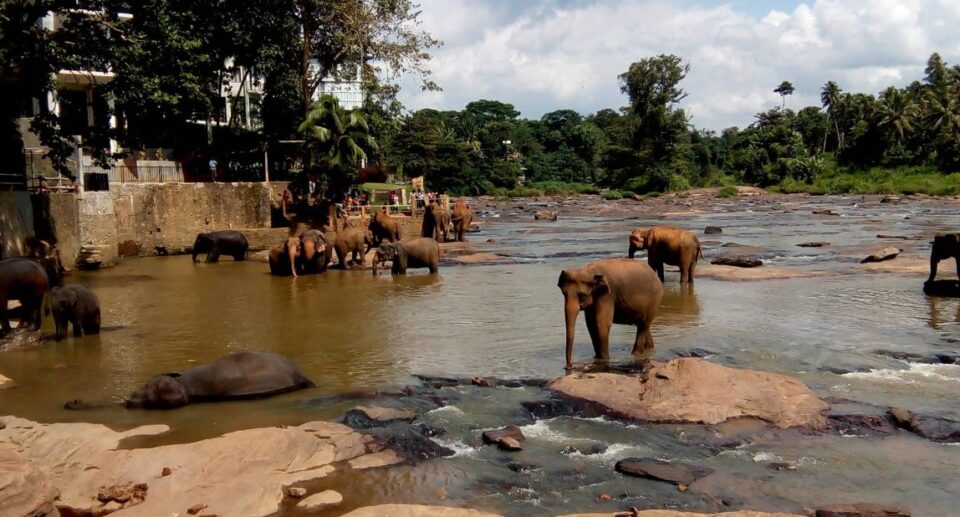
Located in Sri Lanka’s Sabaragamuwa Province, the small town of Pinnawala, which is part of the Kegalle District, is internationally renowned for its Elephant Orphanage—a one-of-a-kind and a rare sanctuary for elephants that have been displaced, orphaned, or injured in the wild. Pinnawala not only offers an experience that is once-in-a-lifetime to tourists but also a testament to Sri Lanka’s wildlife conservation and eco-tourism.
This article aims to explore the history, significance, and experiences of a Pinnawala visit, with emphasis on local attractions, travel advice, and the overall environmental impact of this exceptional site.
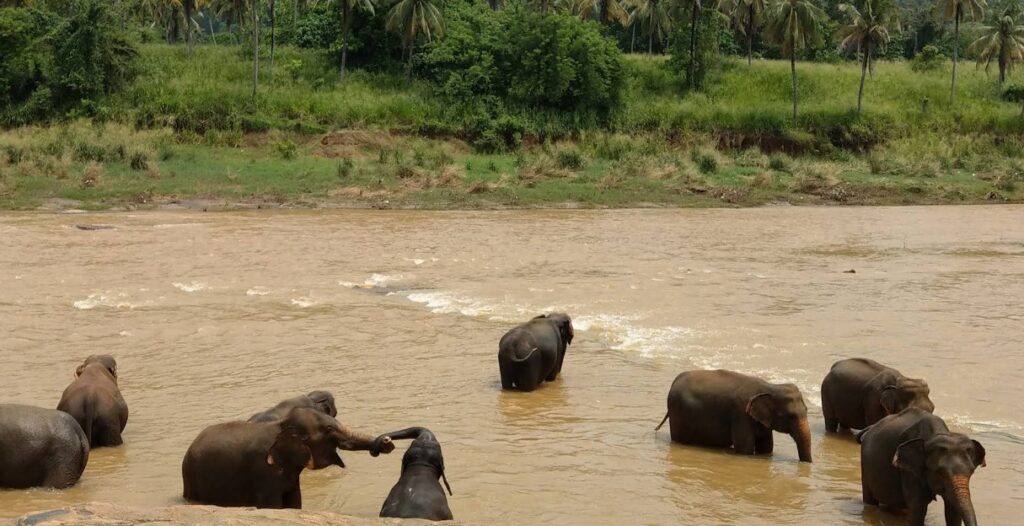
Historical Background of Pinnawala Elephant Orphanage
It was established in 1975 by the Department of Wildlife Conservation of Sri Lanka. It was initially kept at Wilpattu National Park and later relocated to the town of Pinnawala for convenience of access and care facilities. Its first aim was to act as a haven for orphaned elephant calves found in the wild, particularly those that have suffered at the hands of human-wildlife conflict or been rejected due to the loss of habitat.
Years later, the orphanage grew to become the largest captive elephant refuge in the world, housing over 80 elephants at its peak. It was not just a sanctuary for rehabilitation and care but also a breeding program that was successful in contributing to the increase of captive elephant numbers. The environment at Pinnawala gives elephants the ability to roam in herds, an arrangement that is similar to what they naturally do in the wild but with the help of trained personnel known as mahouts.
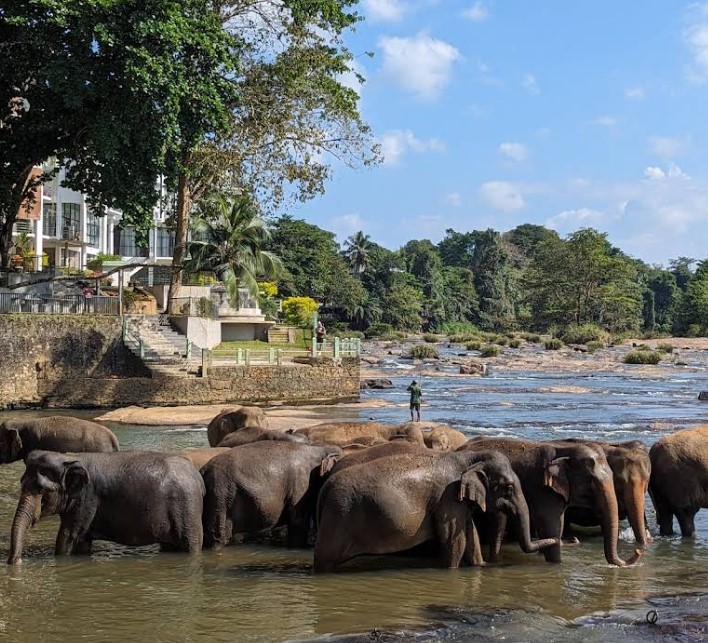
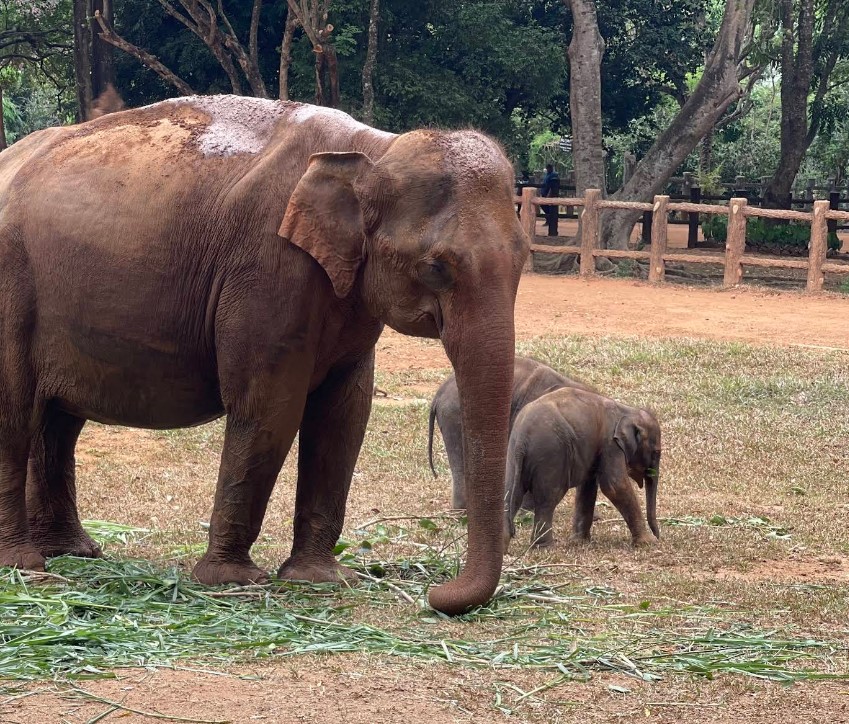
A Day in Pinnawala: What to Expect
Tourists to Pinnawala are introduced to a place where tourism, education, and welfare of animals meet. The orphanage is planned so that tourists get a glimpse of the elephants at strategic points of the day, allowing them to better understand their lives and needs.
Feeding Time
The day begins with milk-feeding time for baby elephants. The procedure may be observed or even participated in by the visitors, typically at 9:15 AM, 1:15 PM, and 5:00 PM. Young elephants being fed bottles are a moving sight and an educative one too, reflecting the dedication that goes into rearing these giants since birth.

Bathing at the River
Perhaps the most spectacular sight in Pinnawala is when the elephants are taken to the Maha Oya River for a bath, some twenty minutes’ walk from the orphanage. This is twice daily—at 10:00 AM and 2:00 PM. The elephants splash and roll and take a cool bath, and in the cooler of the two periods even swim and frolic. They tend to form close social groups. People can view from a safe distance, and in a few instances, even walk near enough for fantastic photographs.
Elephant Interactions
Elevations of open grounds are found in the sanctuary any time of the day with elephants. Some older elephants, by virtue of injury or trauma, are housed in special enclosures where they receive individualized attention. The staff offers frequent commentary and educational information about elephant biology, behavior, and the orphanage’s mission.
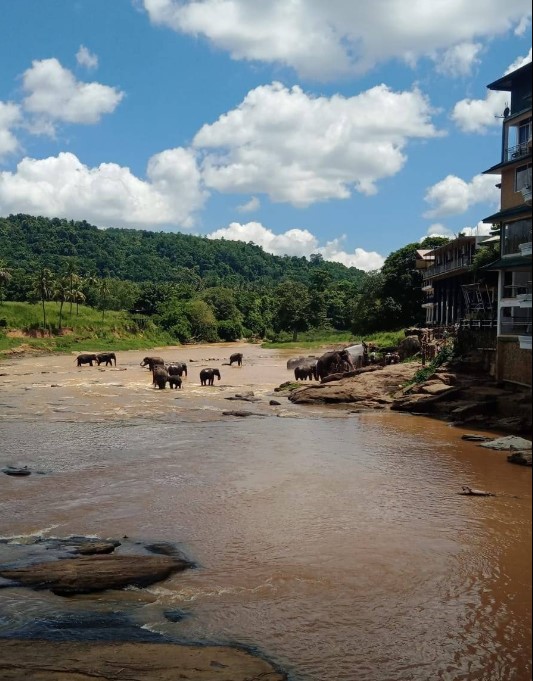
Conservation and Ethical Considerations
While Pinnawala has been criticized as well as praised over the years, it is a valuable part of Sri Lanka’s conservation strategy. It is a positive factor that it is a home to elephants that would die in the wild due to trauma or rejection. The breeding program has been an unqualified success, and the majority of calves born at the orphanage have matured healthy and strong.
Critics have however raised issues about the ethics of keeping elephants in captivity, like the use of chains, enclosures, and the impact on elephant behavior because of tourism. These controversies have prompted sporadic evaluations of the operations of the facility, and over the years, Pinnawala has tried to raise its animal welfare standards. Now, it aims to fulfill conservation, tourism, and educational purposes on a responsible and transparent basis.
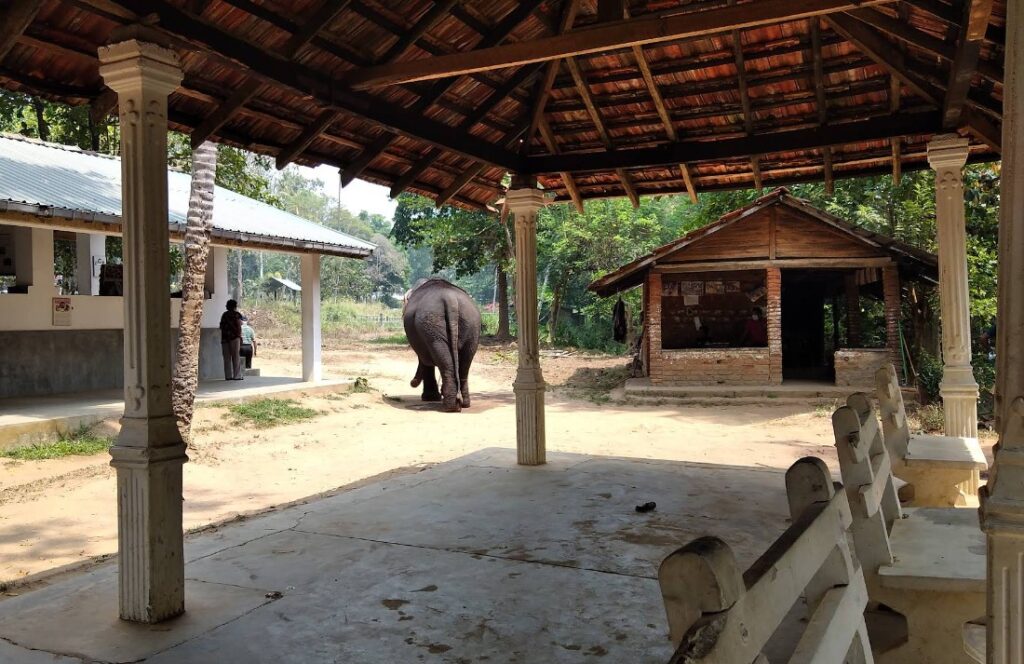
Other Attractions in and Around Kegalle
While Pinnawala is the highlight, Kegalle and its surroundings offer several other attractions worth visiting:
Pinnawala Open Zoo
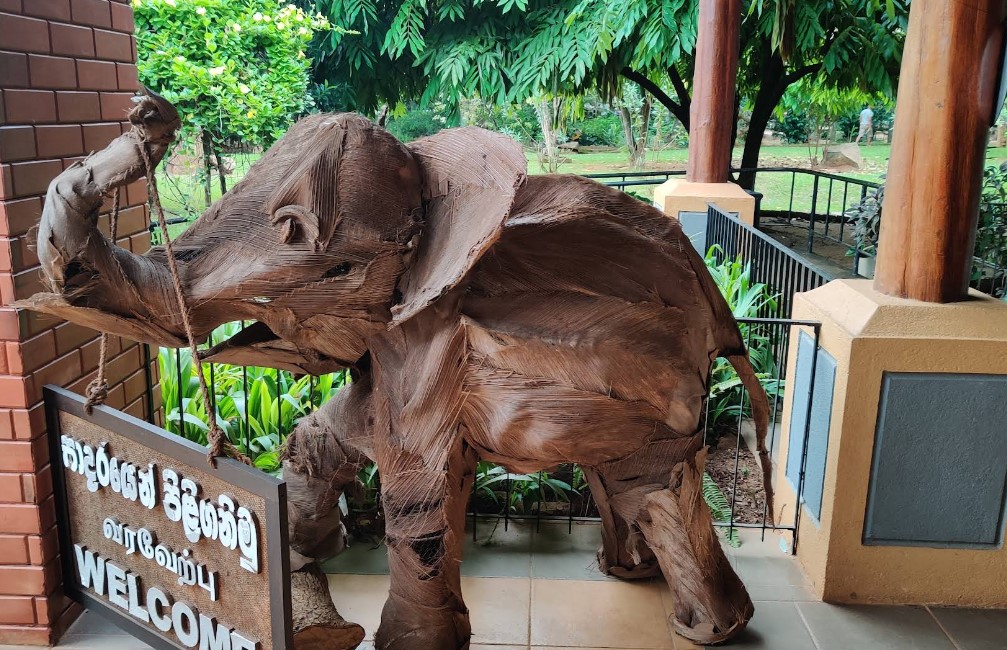
Adjacent to the Elephant Orphanage, this open zoo hosts a variety of Sri Lankan native species including leopards, crocodiles, and exotic birds.
Spice Gardens
The Kegalle region is rich in spice cultivation. Guided tours of cinnamon, pepper, and cardamom gardens are popular, giving insight into Sri Lanka’s historic spice trade.
Asupini Ella and Bopath Ella Waterfalls
These picturesque waterfalls are perfect for a day trip. Both offer scenic beauty, swimming opportunities, and a chance to experience rural Sri Lankan landscapes.
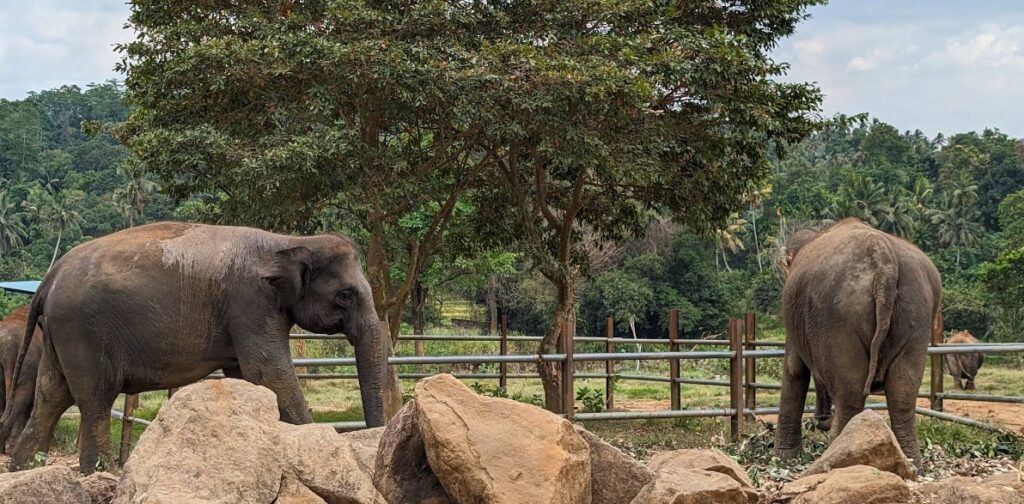
How to Get to Pinnawala
Pinnawala is located about 90 km from Colombo and 40 km from Kandy, making it accessible for day trips from either city.
By Car or Taxi
- From Colombo: Drive along the A1 highway (Colombo-Kandy Road) to Kegalle, and then turn off towards Pinnawala.
- From Kandy: Travel west on the A1 highway for about 1.5 hours.
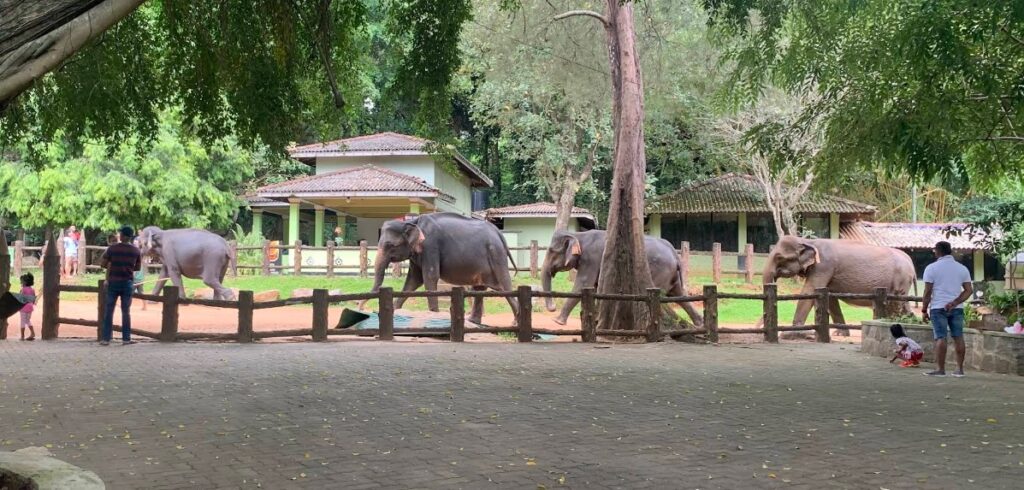
By Train
- Take a train to Rambukkana Railway Station, which is the closest station to Pinnawala (around 2 km away).
- From there, you can take a tuk-tuk or taxi to the orphanage.
By Bus
- Buses run frequently from Colombo and Kandy to Kegalle. From Kegalle, local buses or tuk-tuks go to Pinnawala.
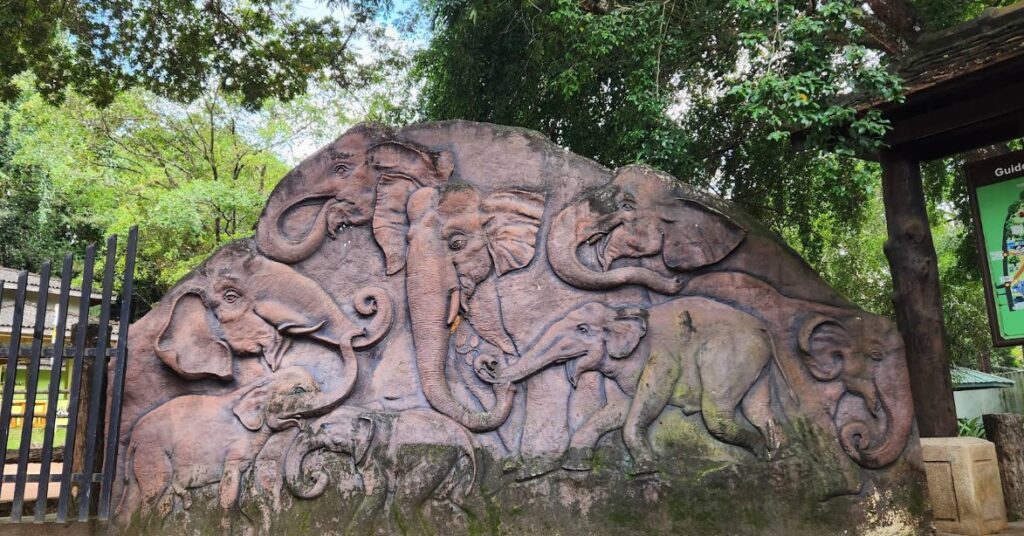
Best Time to Visit
The ideal time to visit Pinnawala is during the dry season, from December to April. During this period, the weather is most favorable for outdoor activities, and the river levels are optimal for the elephants’ bathing routines.
However, the sanctuary is open year-round, and each season brings a unique charm. Monsoon rains may affect travel but also enhance the lushness of the surrounding landscape.
Tips for Visitors
- Dress Modestly: As the orphanage is in a rural and culturally sensitive area, modest attire is appreciated.
- Respect the Animals: Avoid feeding elephants unauthorized food, and follow staff instructions.
- Stay Hydrated: The tropical heat can be intense, especially during midday.
- Photography: Bring a camera with a zoom lens to capture moments from a respectful distance.
- Souvenirs: Consider purchasing eco-friendly, handmade items from local vendors to support the community.
